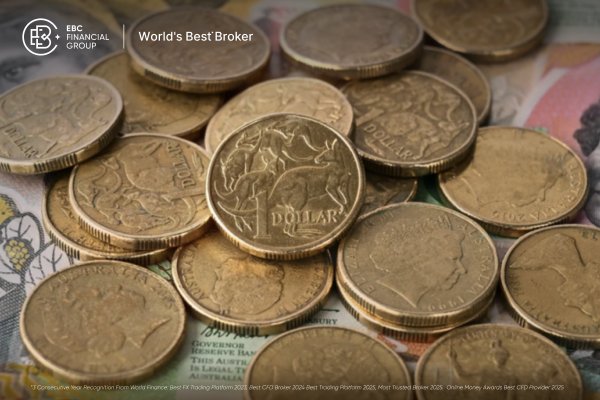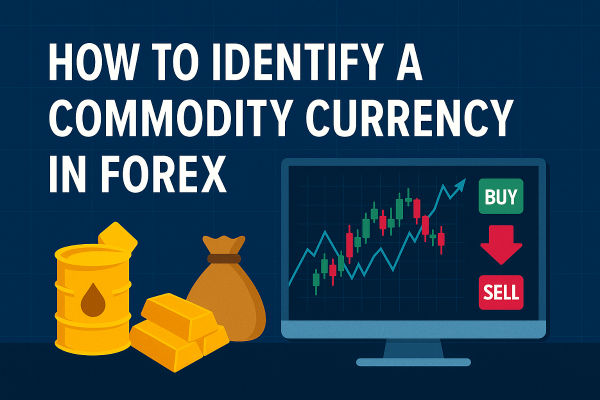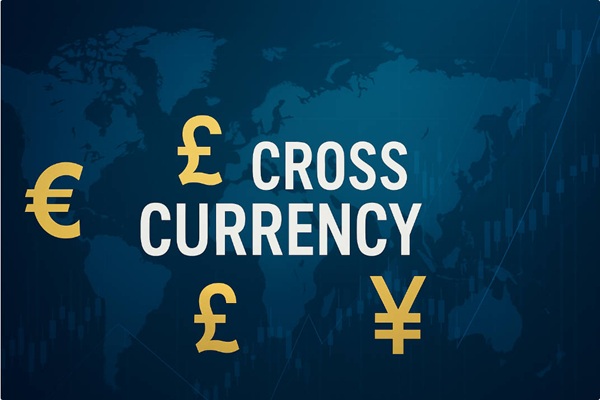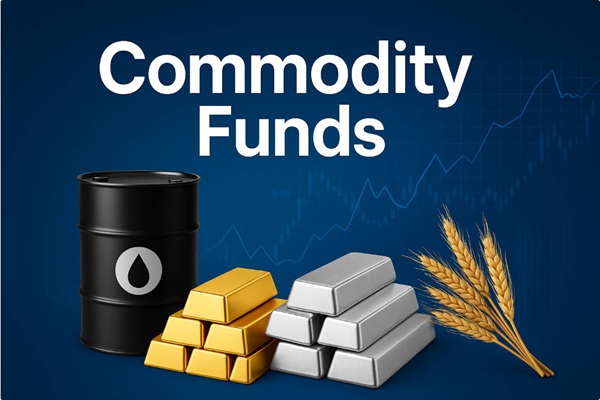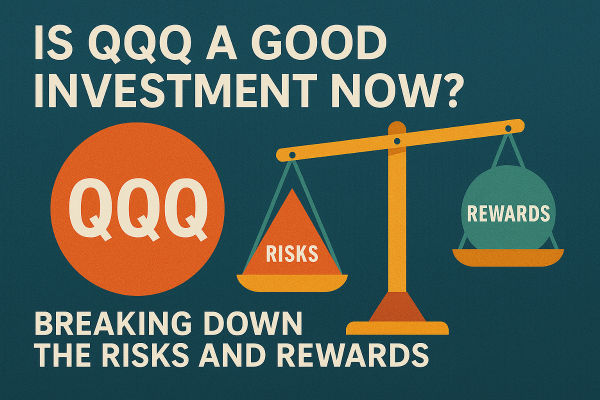In a move that caught traders off guard, the Reserve Bank of Australia (RBA) opted to hold its benchmark interest rate steady at 3.85% on 8 July, triggering a sharp Australian dollar surge. The market had broadly priced in a 25 basis point rate cut, but the RBA's hawkish tone surprised many and sent the AUD/USD pair soaring by more than 1%, briefly touching 0.6558.
This unexpected monetary policy decision highlights the delicate balancing act the central bank faces as it contends with persistent inflation, a still-tight labour market, and rising geopolitical risks—particularly in light of evolving U.S. tariff threats.
A Hawkish Hold That Defied Market Expectations
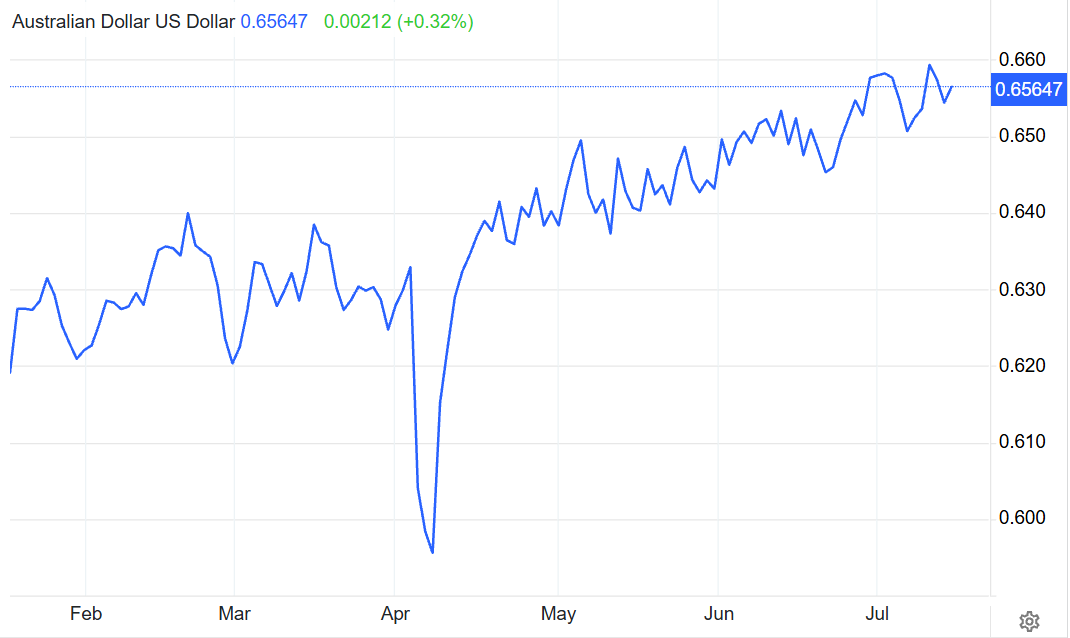 The RBA's decision to leave rates unchanged defied market consensus but aligned with earlier projections by Bank of America, which had argued that Australia's core inflation remained near the upper end of the central bank's 2–3% target range. The bank also cited ongoing labour market tightness as a reason for keeping rates elevated.
The RBA's decision to leave rates unchanged defied market consensus but aligned with earlier projections by Bank of America, which had argued that Australia's core inflation remained near the upper end of the central bank's 2–3% target range. The bank also cited ongoing labour market tightness as a reason for keeping rates elevated.
Following the announcement, the Australian dollar quickly rallied against the U.S. dollar, as traders rushed to reprice rate expectations. This Australian dollar surge reflects renewed confidence in the RBA's resolve to combat inflation, but also highlights the broader shifts occurring across the global currency markets.
The RBA stated that the majority of its board members preferred to wait for additional data, particularly around inflation and employment trends, before making any adjustments. The upcoming Q2 inflation data, set for release on 30 July, will therefore be a critical signal for both traders and policymakers.
Tariff Tensions and U.S. Policy Risks Add Global Uncertainty
While domestic economic data will heavily influence the RBA's path, global headwinds—especially from the United States—are becoming harder to ignore. The re-emergence of tariff threats under the Trump administration has injected a fresh dose of uncertainty into global markets, with Australia positioned vulnerably due to its reliance on trade.
The RBA acknowledged these risks in its statement, noting that rising protectionism could dampen global demand and complicate Australia's external trade environment. Should U.S. tariffs on key trading partners like China escalate further, the impact on commodity-linked currencies like the AUD could be pronounced, potentially reversing some of the currency's recent gains.
The Role of China and Global Growth in AUD's Trajectory
Beyond U.S. policy, another major factor influencing the Australian dollar's outlook is the pace of China's economic recovery. As Australia's largest trading partner, China's demand for raw materials has a direct effect on Australian export revenue and, by extension, the AUD.
According to Bank of America, the Australian dollar has already benefited from a declining U.S. dollar index this year, but further gains may hinge on accelerated growth in China. Should Beijing ramp up infrastructure or stimulus efforts in the second half of 2025. the Australian dollar could find further tailwinds, especially in commodities such as iron ore and coal.
Year-to-date, the AUD/USD pair has already risen by more than 5%, supported by both a weakening U.S. dollar and resilient Australian economic indicators.
What Traders Should Watch Going Forward
For currency traders and macro-focused investors, the next few weeks are critical. Two key events will likely set the tone for the AUD:
If inflation proves sticky and remains near the upper end of the RBA's target, the central bank may continue its hawkish stance, reinforcing support for the Australian dollar. Conversely, a soft inflation reading could reopen the door to rate cuts, placing renewed downward pressure on the currency.
Conclusion: Is the Rally Sustainable?
The recent Australian dollar surge following the RBA's unexpected policy hold reflects shifting sentiment in the foreign exchange markets and underscores the importance of central bank credibility. However, sustaining this momentum will depend on several complex and interrelated factors—including domestic inflation, labour market strength, Chinese economic performance, and geopolitical developments, particularly in the U.S.
While the AUD has staged an impressive comeback in 2025. investors and traders should remain cautious. Markets remain volatile, and with major risk events on the horizon, the path forward for the Australian dollar is far from certain.
For now, the currency enjoys a reprieve—but as always in forex, the next move could hinge on a single data release or headline.
Disclaimer: This material is for general information purposes only and is not intended as (and should not be considered to be) financial, investment or other advice on which reliance should be placed. No opinion given in the material constitutes a recommendation by EBC or the author that any particular investment, security, transaction or investment strategy is suitable for any specific person.



 The RBA's decision to leave rates unchanged defied market consensus but aligned with earlier projections by Bank of America, which had argued that Australia's core inflation remained near the upper end of the central bank's 2–3% target range. The bank also cited ongoing labour market tightness as a reason for keeping rates elevated.
The RBA's decision to leave rates unchanged defied market consensus but aligned with earlier projections by Bank of America, which had argued that Australia's core inflation remained near the upper end of the central bank's 2–3% target range. The bank also cited ongoing labour market tightness as a reason for keeping rates elevated.


